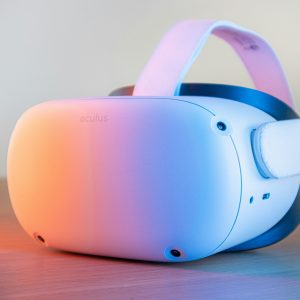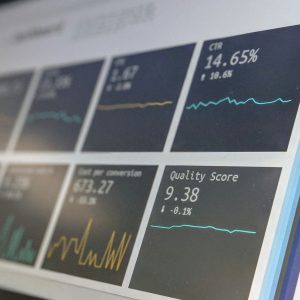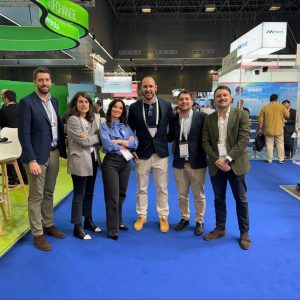
The project focuses on creating tools to support the development of interactive applications and virtual reality, as well as their integration into other products.
The shift in the educational paradigm in recent years is a reality. The proliferation of connected technologies such as mobile devices, electronic whiteboards, and the standardization of virtual reality in the business and home markets have made it evident that there is great room for improvement in educational processes, especially in regular and professional training.
If we consider the possibilities offered by the virtualization platforms, it is possible to replicate with high fidelity the scenarios and actions that a person will have to perform when carrying out the activity for which they are being trained. Furthermore, this can be done without the risks associated with physical presence in dangerous areas, such as production chains, radiological exposure environments, or emergencies. It is expected that simulation technologies will extend to more areas in addition to those that are most evident today, such as the military or entertainment sectors.
However, the costs associated with the development of these applications have risen over the last years due to the increase in the scope of these applications, an increasing competition in the sector, and the complexity of the developments. The creation projects for these applications require a multidisciplinary team specialized in computer graphics and real-time systems, as well as with knowledge in design and user experience.
One of the key factors in order to meet project deadlines and achieve proposed objectives is to provide developers with the necessary tools to optimize their workflow. Interactive application developers, along with designers and artists, should focus on the content to be incorporated into the application, as this is what truly defines the solution and differentiates it from others on the market, just as film industry follows similar techniques in all productions, but they differ in their approach, content, and execution.
Therefore, the sector is conducting intensive research into new techniques to accelerate the development of interactive applications, as well as to reduce the costs associated with delays resulting from too high focus on systems and architectures that could be modularized and reused.
After several virtualization projects and collaborations with major clients in the manufacturing, industrial maintenance and training sectors, SOLUTE has identified the need to analyze the bottlenecks present in the developments carried out until today. Thus, the ones that were most resource-consuming in virtualization projects have been prioritized, and tools have been proposed to streamline the implementation of commonly used simulation algorithms and mechanics in less time.
The main objective of the HERMES project is to develop a package of software components, modules, and tools that allow to introduce functionality into the implementation of simulators designed to be used on desktops or virtual reality based on Unreal Engine 5, thus reducing complexity and development times. The development will focus on facilitating training applications on desktop computers and virtual reality headsets, emphasizing their applications in collaborative work and multi-user experiences. This will be achieved through a reusable functionality package that will also be able to be incorporated into future developments, also including the option of incorporating a scenario editor, which can be used by both the development team and a third party to add user-generated content to the application without depending on software providers.
Therefore, the main objective of the HERMES project is the development of a set of software tools integrated into Unreal Engine 5 to streamline the implementation of simulation environments oriented towards training on desktop computers and virtual reality headsets, with an emphasis on their applications in collaborative work and multi-user experiences.
The developed software modules will make it possible, through the use of a component architecture, to expand the base functionality used in the simulation projects carried out so far, reducing development times for future solutions. With the goal to provide the end-user with a marketable tool, it will also be developed a scenario editor, which allows modifying already created simulators, as well as creating new simulation environments without having to modify the application core.













